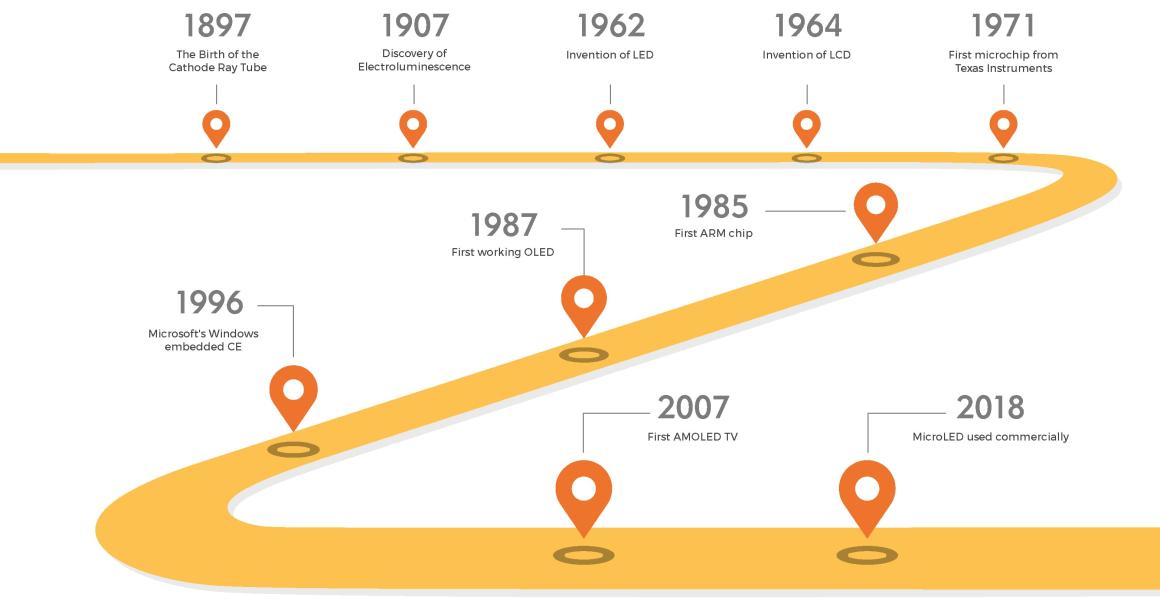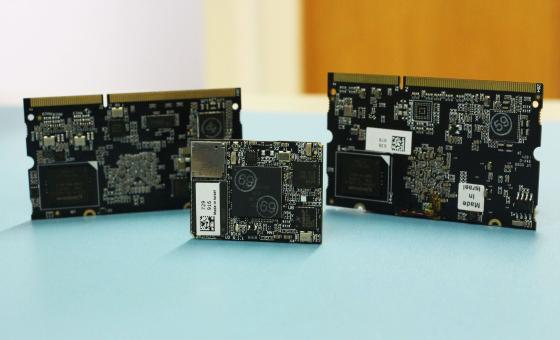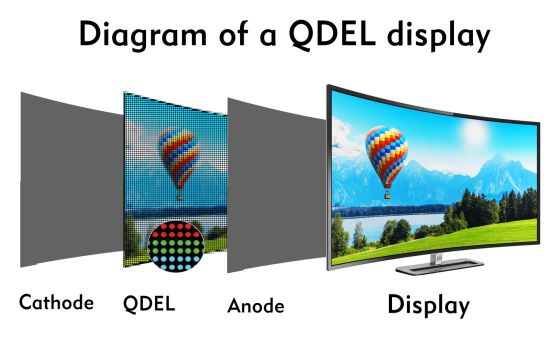After decades of progress according to Moore’s Law, the “post Moore” era continues to deliver faster, better performing, more energy efficient processors into the hands of engineers eager to discover how far they can push the latest technology. Their curiosity drives the development of new high-tech equipment that offers features and capabilities considered impossible just a few product generations before.
Markets, for their part, have come to expect whatever’s next to be here now and to deliver vastly better experiences: more immersive, feature-rich, convenient, empowering. And they are never satisfied for long before the craving for more and better returns.

Embedded technology innovations
We can see how, post Moore, chip designers are innovating hard in all aspects of a chip’s design, by taking a look at emerging device families such as the i.MX8 application processors.
Containing up to four state-of-the-art Arm® Cortex®-A53 cores, their throughput is balanced with ultra-efficient interfaces to the latest memory technologies like LPDDR4 RAM, and the fastest communication interfaces including PCIe Gen 3 and USB3.0. Some also benefit from heterogeneous multicore processing, with a Cortex-M4(F) microcontroller core to handle low-end and real-time workloads to unleash big-little system advantages.

There are also new, highly focused engines within the processor complex: the DSP-based HIFI4 offloads targeted workloads to accelerate overall performance. Moreover, it enables the infusion of AI into the embedded space, allowing efficient neural networks to bring machine learning out of the cloud and onto portable devices
Latest Display Technologies advances
Most of this is invisible to end users. Making the gains apparent is where the latest display technology comes in. Although cutting-edge display technologies have surpassed the resolution of the human retina, demand for further improvement continues: images can always be sharper, faster, and people expect to experience truer colours, easier viewing, and longer-lasting displays benefiting from reduced “burn-in”. In addition to improving the viewing experience, greater efficiency, improved energy saving, and easier portability through qualities such as rollability and foldability are also in demand.
New technologies to improve LCD and OLED performance are coming over the horizon to meet these demands. Consumer markets - televisions and mobiles in particular - create the greatest pull for new display technologies. By keeping an eye on developments here, we can assess how tomorrow’s industrial applications could look and perform.
Quantum dot and microLED technologies are particularly promising. Quantum dot technology can bring enhancements to all types of displays, including LCD, OLED, and microLED. They will also enable next-generation printable electroluminescent displays, which promise richer colours, increased luminance, and greater contrast than standard displays, as well as wider viewing angles and higher energy efficiency.
While Quantum Dot Electro Luminescent (QDEL) displays are currently the furthest in the future, the roadmap containing variations such as quantum dot enhancement film (QDEF), super-thin Quantum Dot On Glass (QDOG), and Quantum Nano Emitting Diode (QNED) promise numerous improvements in efficiency, luminance, lifetime, and long-term stability.

QDEL, which we anticipate will define the material properties for the emissive displays of the future, will finally make low-cost, ultra-thin and flexible displays a reality.
From a performance point of view the prospects for microLED displays are very promising. The contrast ratio is theoretically infinite and reliability and longevity should be excellent. There are improvements still to come, as developers look to improve aspects of LED performance such as light extraction, beam shaping, and colour conversion.
On the other hand, current manufacturing techniques make microLED assembly complex, time consuming, and therefore expensive. Populating a large 4K display with sub-micron placement accuracy can take 1000 hours. Massively parallel placement techniques could help to address this. However, we expect microLED displays to be too costly for industrial applications for some time to come.
It’s in the nature of science and engineering that some of the knowhow acquired to develop microLEDs may be transferrable to other display technologies that are cost-effective for industrial applications, to deliver affordable improvements in viewing experience and energy efficiency.
In any case, understanding the full extent of what’s possible, regardless of practicalities, helps us shape our ambitions for the projects we are working on today. Tracking the innovation curve lets us translate that abstract concept into usable references to guide our design decisions and ensure that each new product we help you bring to market is everything it can be.
Get in touch to get started on an innovative product design!


